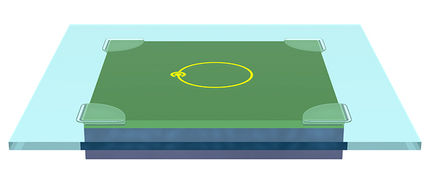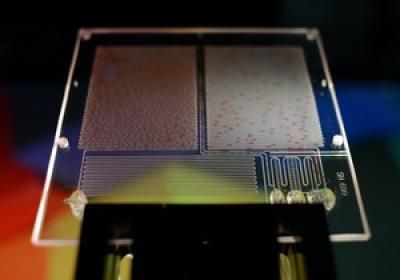A little light interaction leaves quantum physicists beaming
Advertisement
A team of physicists at the University of Toronto (U of T) have taken a step toward making the essential building block of quantum computers out of pure light. Their advance has to do with a specific part of computer circuitry known as a "logic gate."

Amir Feizpour
Logic gates perform operations on input data to create new outputs. In classical computers, logic gates take the form of diodes or transistors. But quantum computer components are made from individual atoms and subatomic particles. Information processing happens when the particles interact with one another according to the strange laws of quantum physics.
Light particles have many advantages in quantum computing, but it is notoriously difficult to get them to interact with one another in useful ways. This experiment demonstrates how to create such interactions.
"We've seen the effect of a single particle of light on another optical beam," said Canadian Institute for Advanced Research (CIFAR) Senior Fellow Aephraim Steinberg, one of the paper's authors and a researcher at U of T's Centre for Quantum Information & Quantum Computing. "Normally light beams pass through each other with no effect at all. To build technologies like optical quantum computers, you want your beams to talk to one another. That's never been done before using a single photon."
The interaction was a two-step process. The researchers shot a single photon at rubidium atoms that they had cooled to a millionth of a degree above absolute zero. The photons became "entangled" with the atoms, which affected the way the rubidium interacted with a separate optical beam. The photon changes the atoms' refractive index, which caused a tiny but measurable "phase shift" in the beam.
This process could be used as an all-optical quantum logic gate, allowing for inputs, information-processing and outputs.
"Quantum logic gates are the most obvious application of this advance," said Steinberg. "But being able to see these interactions is the starting page of an entirely new field of optics. Most of what light does is so well understood that you wouldn't think of it as a field of modern research. But two big exceptions are, "What happens when you deal with light one particle at a time?' and "What happens when there are media like our cold atoms that allow different light beams to interact with each other?"

























































